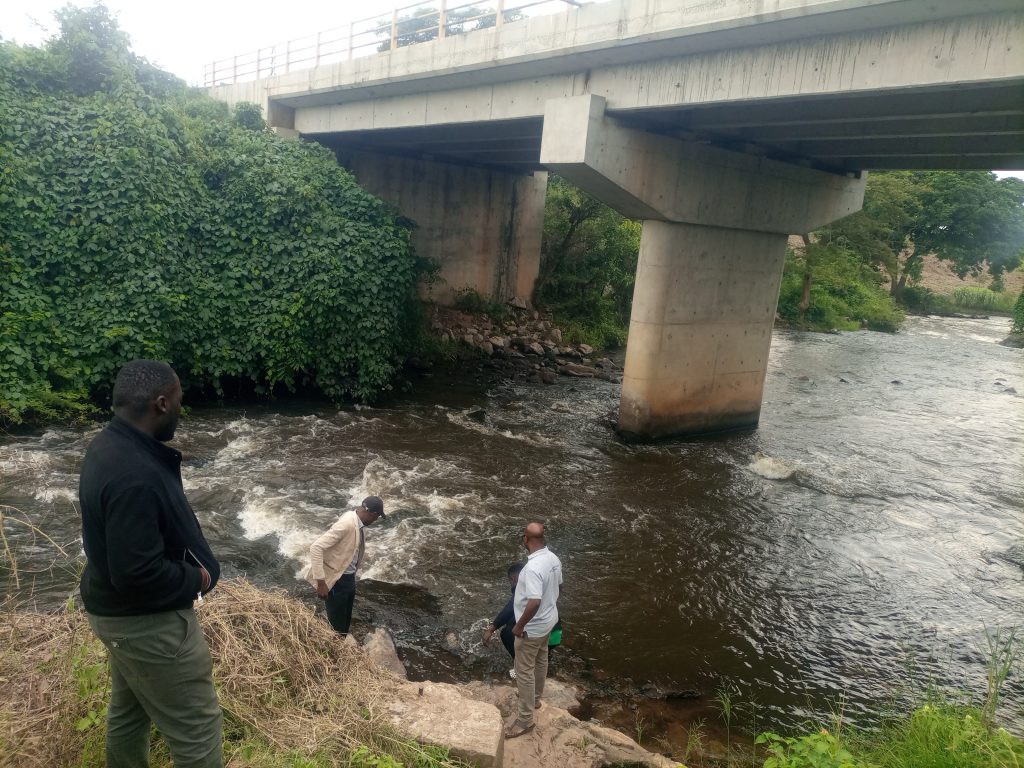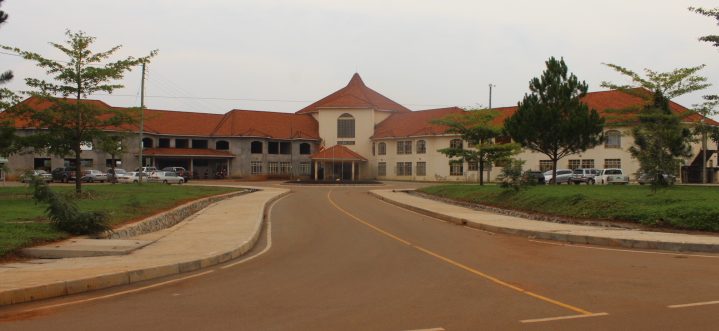Hoima
The ministry of water and environment has embarked on the process of demarcating and restoration of River Wambyabya in Hoima district.
According to the water and environment ministry data, River Wambabya which stretches 68.5 Kilometers from Bujwahya in the East Division of Hoima city through Kabale and Buseruka sub counties of Hoima district, drains its water into Lake Albert in western Uganda.
It has a catchment base of 800 square kilometers, serving as a lifeline to thousands of people whose livelihood depends on agriculture production.
Gilbert Ituka the Western Region Environment coordinator in the water and environment ministry while meeting stakeholders during a community engagement held at Buseruka sub county in Hoima district on Wednesday said that River Wambabya is under immense threat from degradation, encroachment, contamination and siltation.
‘‘We need to protect the river and its rich biodiversity by doing a number of things like boundary demarcation, declare the river as a special conservation area and come up with the river management plan. The management plan will involve engaging local people, leadership and technical staff before the demarcation starts’’ Ituka said.

River Wambabya is the anchor of the 8 Megawatts Kabalega Hydro Power Plant which according to environmentalists, will be affected if the river is not protected.
Ali Tinkamanyire the LCIII Chairman for Buseruka sub county urged the ministry of water and environment to prioritize protection of the river before its whipped out completely.
‘‘The river has been undressed and left bare and this will make our communities vulnerable. We also fear that power generation at Kabalega hydro power plant will be affected by the decreasing levels of water volume in the river’’ Tinkamanyire said.
River Wambabya snakes through Bugambe, Wambabya, Makuhani and Kyahaiguru forests and has a micro catchment of over 40 feeder streams.

